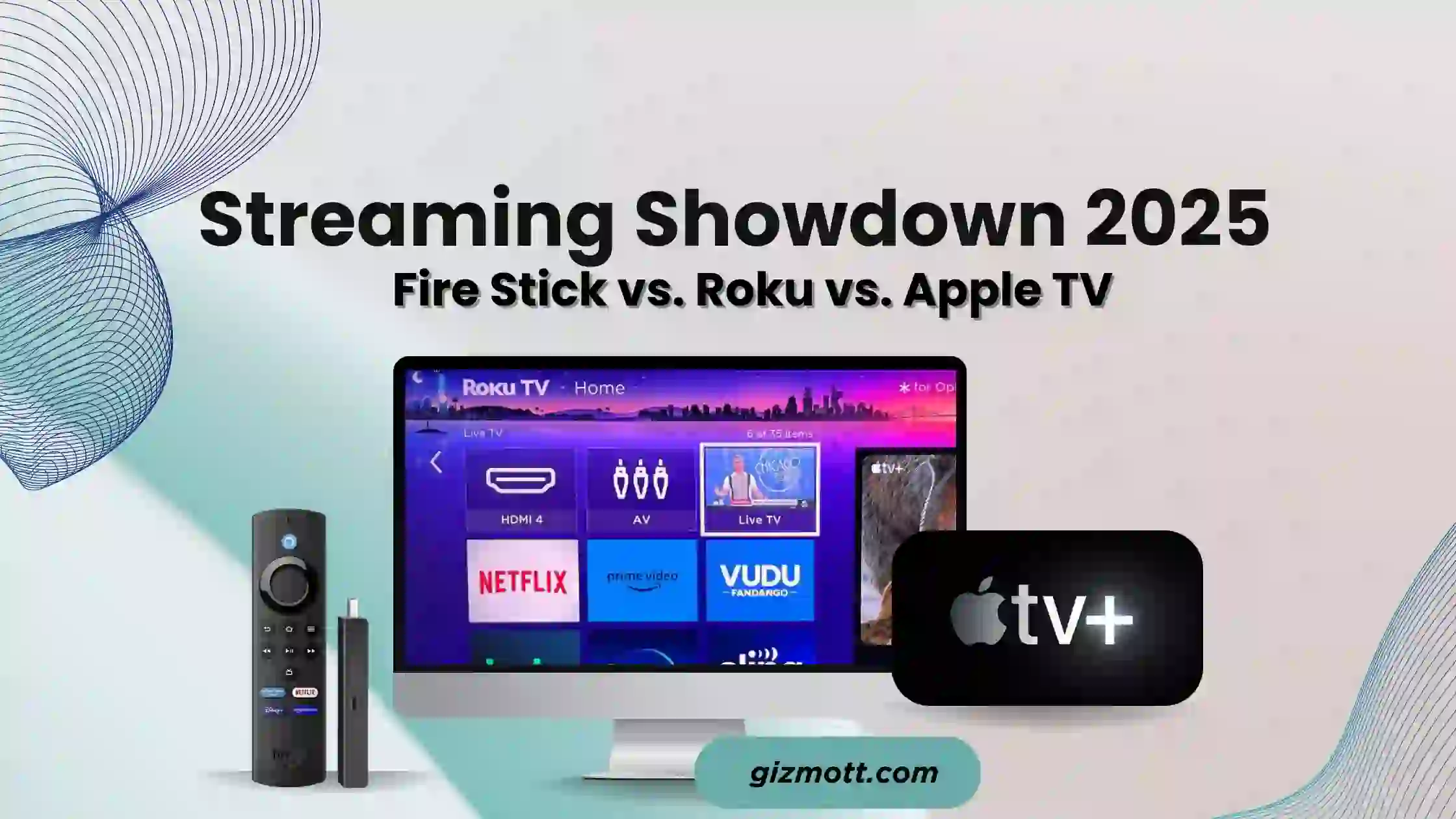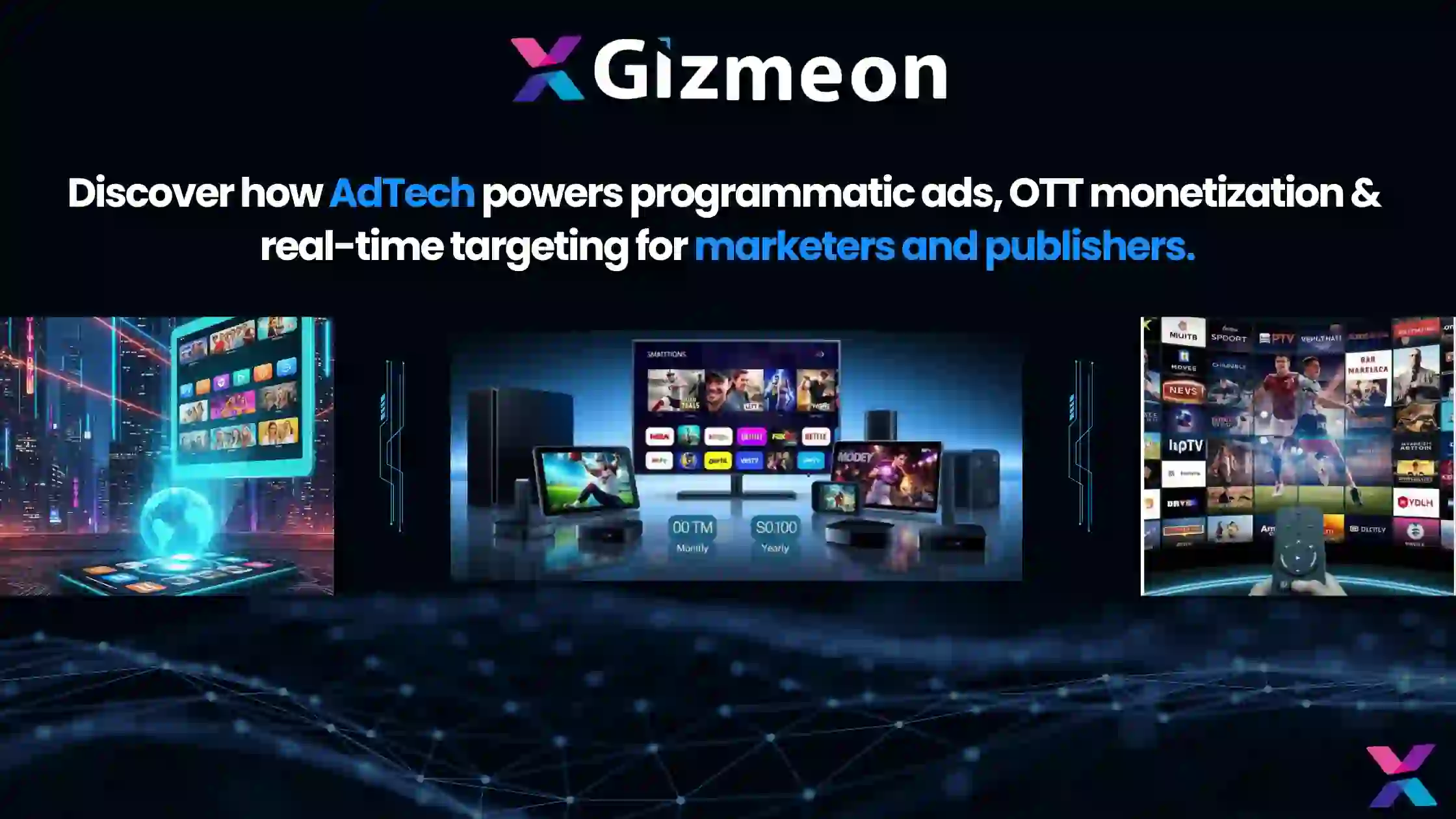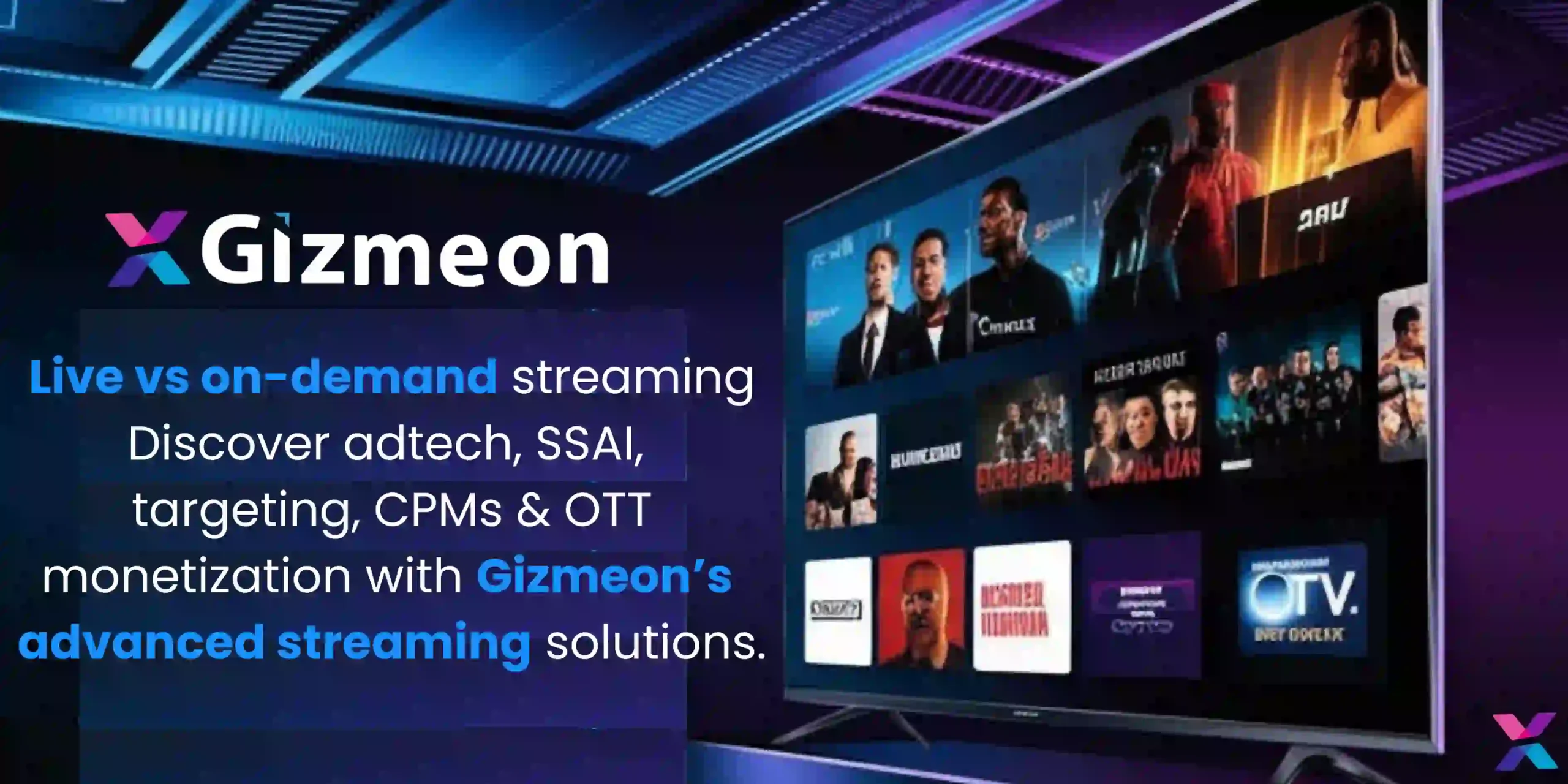In 2025, the evolution of streaming continues to reshape how we consume content. With more viewers shifting from traditional cable to on-demand video platforms, streaming devices like Amazon Fire Stick, Roku Streaming Stick, and Apple TV have become central to the digital living room.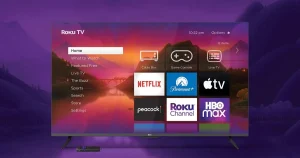
These devices are no longer just content players—they’re ecosystem bridges, personalized interfaces, and performance tools that power everything from binge-watching to fitness and gaming. This article explores how these top devices compare, what role they play in today’s OTT environment, and how they’re influencing viewer experience—not from a consumer choice angle, but from a digital transformation lens.
Streaming Devices in 2025: Why the Competition Matters
The rise of content fragmentation has made it harder for users to find and manage their favorite shows across platforms. Streaming devices now serve as aggregators, helping unify fragmented content experiences while adding layers like voice control, cross-platform casting, and smart home integration.
In 2025, the streaming hardware ecosystem is about performance, ecosystem alignment, device intelligence, and adaptability. Fire Stick, Roku, and Apple TV are not just devices—they are interfaces to personalized entertainment.
Fire Stick 4K Max – Amazon’s Interface for Connected Streaming
How It Shapes 2025 Streaming
The Fire Stick 4K Max has become a mainstream tool for enabling quick access to a range of OTT platforms. With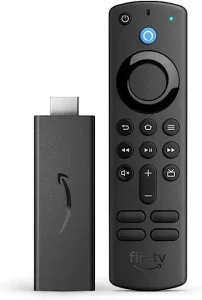 features like Wi-Fi 6 support, Dolby Vision, and Alexa voice integration, the device enhances interactivity and responsiveness, especially in smart home environments.
features like Wi-Fi 6 support, Dolby Vision, and Alexa voice integration, the device enhances interactivity and responsiveness, especially in smart home environments.
It operates on a modified Android-based OS, offering flexibility for developers and compatibility with Amazon’s content-first ecosystem. In 2025, it continues to act as a centralized entertainment node for users deeply embedded in Alexa-based environments.
Contribution to the Ecosystem
-
- Promotes content discovery through AI-driven recommendations
- Offers a personalized experience based on user behavior
- Serves as a bridge between smart homes and media platforms
Roku Streaming Stick 4K – Simplicity and Platform Neutrality
Why Roku Remains Relevant
Despite a competitive market, Roku remains distinct by prioritizing neutrality and usability. Its interface avoids pushing branded content and instead gives users control over their experience. With the 4K model supporting Dolby Vision and voice control, Roku sustains relevance by offering unbiased access to OTT platforms.
Role in 2025 Streaming Dynamics
-
- Acts as a neutral content aggregator
- Supports wide compatibility across devices and apps
- Simplifies content navigation for diverse audiences
This device is particularly significant for non-ecosystem users, where flexibility across Android, iOS, and Smart TVs is essential. In educational, rural, or multi-user environments, this neutrality becomes a major asset.
Apple TV 4K (3rd Gen) – The Premium Performer of 2025
Position in the Streaming Landscape
Apple TV 4K continues to lead in performance and system responsiveness. It goes beyond streaming—integrating
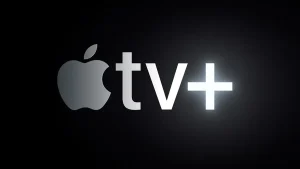
services like Apple Arcade and Fitness+, making it a multi-functional media console.
Built on Apple’s A15 Bionic chip, its 2025 iteration supports enhanced processing, lower latency, and deeper HomeKit integration. While it remains tethered to the Apple ecosystem, its efficiency, privacy-first interface, and ad-free design make it a benchmark for premium OTT interactions.
Strategic Features in 2025 Context
-
- Ad-free interface, ideal for educational and creative environments
- Secure, closed ecosystem suitable for content-sensitive users
- Integration with productivity, health, and entertainment apps
Interface Design: The New Competitive Edge
In 2025, streaming interface design plays a pivotal role in content accessibility. The battle is no longer about who offers the most apps, but about how intelligently a device curates and delivers content.
| Device | Interface Type | Ad Density | Ecosystem Bias |
| Fire Stick | Content-First | High | Amazon-centric |
| Roku | Neutral Aggregator | Low | Ecosystem-neutral |
| Apple TV | Minimalist & Clean | None | Apple-centric |
The future lies in interfaces that respect user intent, reduce friction, and adapt dynamically to viewer habits.
Voice Control and Smart Ecosystem Integration in 2025
The integration of voice assistants and smart devices is no longer a bonus—it’s a norm. In this regard:
-
- Fire Stick aligns tightly with Alexa for smart home commands.
- Roku integrates moderately with Alexa, Google Assistant, and Apple HomeKit.
- Apple TV serves as a full HomeKit hub, managing smart appliances and scenes seamlessly.
Voice command accuracy, speed, and contextual understanding are improving significantly, with real-time personalization becoming the new focus.
Accessibility, Inclusivity, and Global Reach
Another critical 2025 trend is device adaptability across regions and accessibility standards. Features like subtitle customization, voice navigation for the visually impaired, and multi-language UI support are now being adopted more rigorously.
Fire Stick leads in language localization.
Roku performs well in cross-border deployments due to neutrality.
Apple TV offers advanced assistive technologies but remains premium in cost.
What These Devices Mean for the OTT Industry
In the larger OTT ecosystem, streaming devices like these are no longer passive players. They’re active enablers of personalization, monetization, and content democratization.
They influence:
-
- Viewer behavior analytics
- Subscription model effectiveness
- Ad targeting accuracy
- Platform loyalty and churn reduction
- Viewer behavior analytics
These insights help content providers, marketers, and developers fine-tune their streaming strategies and improve audience engagement.
Device Compatibility and Platform Readiness – Why It Matters for OTT Services
OTT providers must ensure that their platforms are device-ready across Fire TV, Roku, Apple TV, Android TV, and Smart TVs. Compatibility influences:
-
- User onboarding and retention
- Viewing quality
- Performance metrics
- App approval and UX standards
Gizmeon: Supporting Streaming Innovation Across All Devices
In this multi-device era, OTT platforms like Gizmott, developed by Gizmeon, play a critical role. Gizmott provides OTT creators and media companies with the ability to build, manage, and distribute content seamlessly across all major streaming devices.
Gizmott enables:
-
- Deployment on Fire Stick, Roku, Apple TV, and Android TV
- Scalable cloud infrastructure
- Multiple monetization models (AVOD, SVOD, TVOD)
- Analytics dashboards for performance insights
By supporting device diversity and UX consistency, Gizmott, OTT platform service provider empower modern streaming services to stay competitive in 2025—regardless of which device their audience prefers.
Conclusion: A Fragmented Yet Intelligent Streaming Future
Streaming in 2025 is defined not just by content, but by how content is delivered, personalized, and experienced. Devices like Fire Stick, Roku, and Apple TV continue to shape this experience, not as competitors in a sales war, but as interfaces that reflect how we interact with media.
Understanding these tools in-depth is essential—not just for viewers, but for content creators, OTT developers, and platform strategists looking to stay ahead in a fast-moving digital world.
